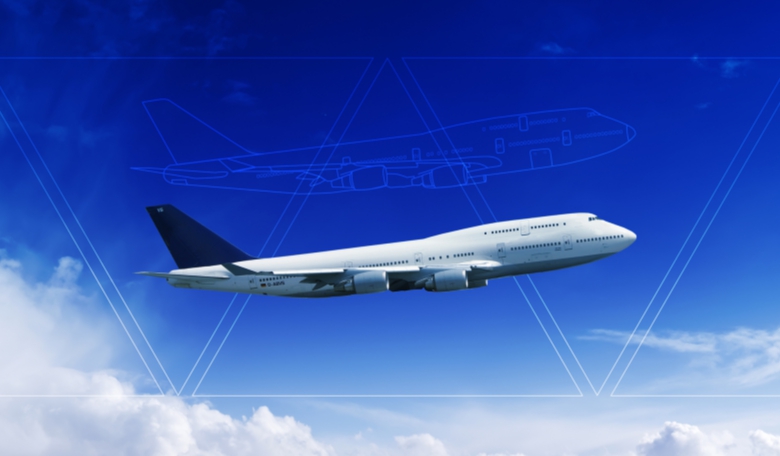The projects, or rather, the new ideas,
will be studied as part of NASA's Convergent Aeronautics Solutions
project for the next two years. The project is currently in its
second year.
According to Doug Rohn, NASA's manager for the Transformative Aeronautics Concepts Program, “These five innovative concepts, in addition to
the six we selected in 2015, have the potential to help us solve some
of the biggest challenges we face in aviation,” Although it is always possible that the study will reveal that some
of the selected ideas are not currently feasible, exploring new
possibilities is an essential part of the program. “Is
failure an option? It depends on your definition of failure. We’re
going to ask the questions and see if these ideas are feasible or
not. A successful feasibility assessment may determine the concept
won’t work,” Rohn said.
The five projects selected for the
feasibility studies are:
FUELEAP: Fostering Ultra-Efficient Low-Emitting Aviation Power
The project will study the possibility of using a new type of fuel cell for an electrically-propelled general aviation aircraft. This new kind of fuel cell would take hydrogen from aviation gas and combine it with oxygen from the air in order to generate electricity.
The combination of hydrogen and oxygen has been used in NASA's human spaceflight programs for over fifty years. However, as both hydrogen and oxygen are stored onboard the vehicle in super cold liquid form, the process is rather cumbersome and expensive, making it impractical for a smaller airplane. The study will research a fuel cell system that would be able to obtain hydrogen from hydrocarbon-based aviation gas and oxygen from the air, subsequently combining them to generate electricity. The system would not need any new facilities or equipment and could therefore be easily supported by airports.
Lightweight aerogel as a foundation
for form-fitting antenna
This idea addresses the issue of drones flying in the National Airspace System, which are currently required to be operated within the radio line of sight of the ground-based pilot operator. While relaying communications through a satellite-based tracking system can be a potential solution, the protruding antennae only create more problems, such as increased drag, fuel use and emissions. Researchers are hoping to create a flexible antenna with a thin and lightweight aerogel foundation, which would enable it to conform to the aircraft contours and decrease drag, fuel use and emissions. One of the key aspects of this antenna will be the ability to transmit signals in specific directions, which would both ensure strong links with satellites and minimize interference with the ground.
Compact Additively Manufactured Innovative Electric Motor
This study will look at the possibility of using 3D printing for producing electric motor parts. These parts would be made with materials that would result in motors with higher power densities when assembled, and be lighter and potentially smaller. Power density measures the size and mass of a motor relative to its power output. If the study proves that this is feasible, 3D printing would be used to produce lighter and stronger parts which in turn will be used to create a more powerful electric motor.
Spanwise Adaptive Wing
One of the ideas explored by NASA researchers is increasing airplane fuel, emissions and noise efficiency by reducing the size of the plane's vertical tail. Current tail sizes are based on the need to keep airplanes centered on the runway in case of engine failure during takeoff or landing. However, once an airplane has reached cruising altitude, the tail only increases drag and fuel-wasting mass. This problem could potentially be solved by redesigning the airplane’s wing so that a part of the outer portion at either end can fold as needed. The study will look at possible options in changing the mechanical task of moving the hardware in order to achieve a more compact design.
LION: Lithium Oxygen Batteries for
NASA Electric Aircraft
A major issue for electric-powered aircraft is the enormous demand for energy storage in batteries, even for small planes. A possible solution is the use of Lithium-Air (Li-Air) batteries. Known as “breathing batteries”, Li-Air batteries pull in oxygen as the battery becomes drained of energy. The oxygen then reacts with Lithium ions and is expelled as the battery is charged. However, standard electrolytes decompose so quickly during Li-Air battery operation that the batteries become useless after very few recharge cycles. The study will explore the feasibility of creating new, stable electrolytes that are resistant to decomposition, which in turn will lead to longer lasting batteries and allow aircraft to fly over increased distances.
The five research teams include researchers from NASA's aeronautics centers in Virginia, California, and Ohio. The studies were selected from a series of pitching presentations based on how well they reflected NASA's requirements: the presented projects had to be multidisciplinary, involve multiple centers and relate directly to NASA's aeronautics research goals in an innovative fashion.











